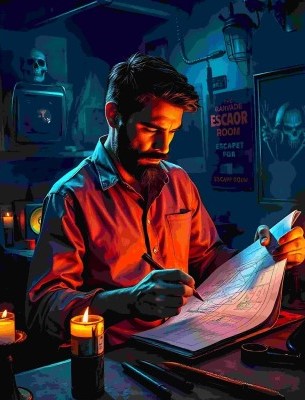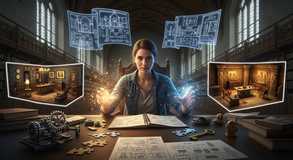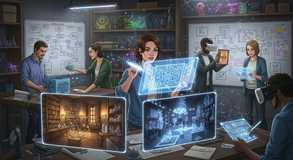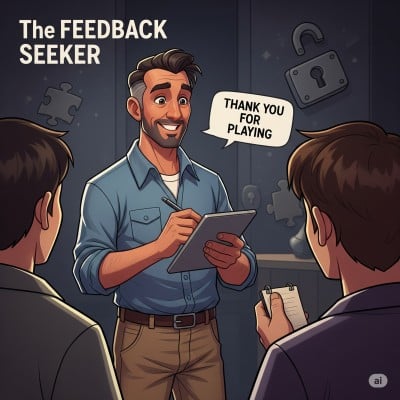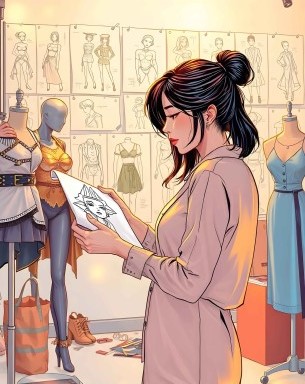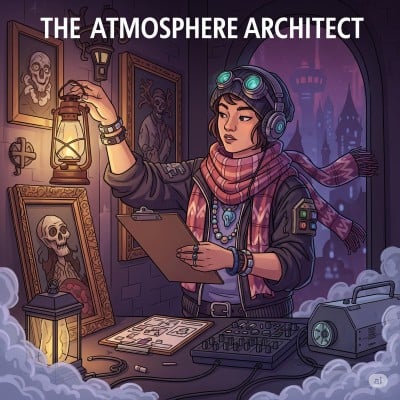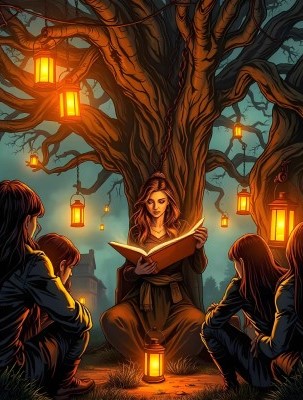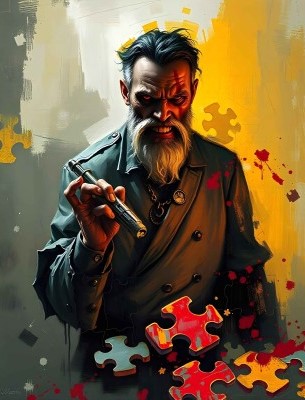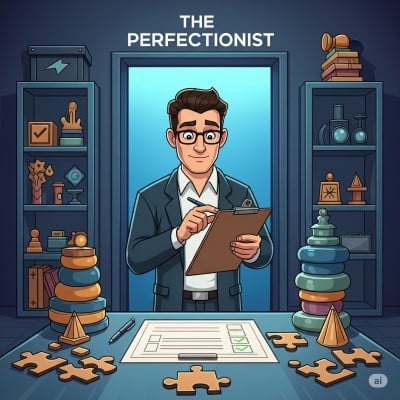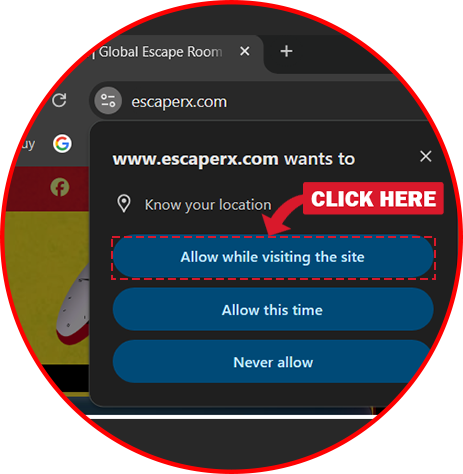The Game Designer is the visionary at the center of every escape room experience. While players are immersed in unraveling codes, uncovering secrets, and unlocking the final door, it’s the Game Designer who has laid the foundation for every twist and turn along the way 🌌 🔐. Their imagination breathes life into what would otherwise be an empty space, transforming walls and props into entire worlds of adventure, mystery, and storytelling 🎬.
Their role is far more complex than simply creating puzzles. A true Game Designer crafts a layered 🎨, interactive experience that balances logic, emotion, pacing, and immersion. Every element within a well-designed room from the story line and environment to the difficulty curve and moment-to-moment rhythm has been carefully considered and calibrated 🧩 💡. It’s not just about what the players are doing; it’s about what they’re feeling as they do it.
The Game Designer begins with a blank canvas and fills it with purpose. A dusty study may become the scene of a murder mystery. A locked-down lab might hide a dangerous experiment. A whimsical toy shop could reveal a decades-old secret. The Game Designer builds a narrative framework, often in collaboration with others, and then constructs the puzzles and physical interactions that bring that narrative to life 🕵 ️♂ ️ 📚. Their goal is not only to challenge players’ minds but also to immerse them in a story that feels alive and cohesive 🧸 🔍.
Designing puzzles is an art in itself. The Game Designer must balance difficulty with fairness, novelty with clarity, and challenge with accessibility. Too hard, and players become frustrated ⚖ ️ 🔍. Too easy, and the experience feels flat. The most effective puzzles are intuitive, satisfying, and deeply integrated into the room’s theme. When a player solves something and it feels “just right” not too obscure, not too obvious that’s a direct reflection of the Game Designer’s skill 🧩 🎬.
But great puzzle design is only part of the picture. The Game Designer is also responsible for pacing ensuring that the room flows in a way that maintains excitement and momentum 🧠 🔦. They might space out reveals to keep teams engaged, create moments of calm before a dramatic twist, or use physical transitions between spaces to build surprise and awe. Every rise and fall in energy has been designed with intention ⚖ ️ 🌈.
Collaboration is also a central part of the Game Designer’s work. They often work with artists, builders, programmers, actors, and other team members to bring their vision to life 🌌. They have to think both creatively and practically dreaming big while ensuring the game is functional, safe, and resettable. It’s a balancing act that requires both imagination and precision 👀 🔐.
Moreover, the Game Designer must anticipate player behavior. They think like players, asking themselves how different personality types might approach a room 🎭 🧠. Will they try to brute-force a lock? Will they miss an obvious clue? Will they need a hint at a specific point? By predicting how players will interact with the space, the Game Designer can create moments of delight, surprise, and satisfaction. A great escape room doesn’t just challenge players it communicates with them, often without a single spoken word 🌟.

